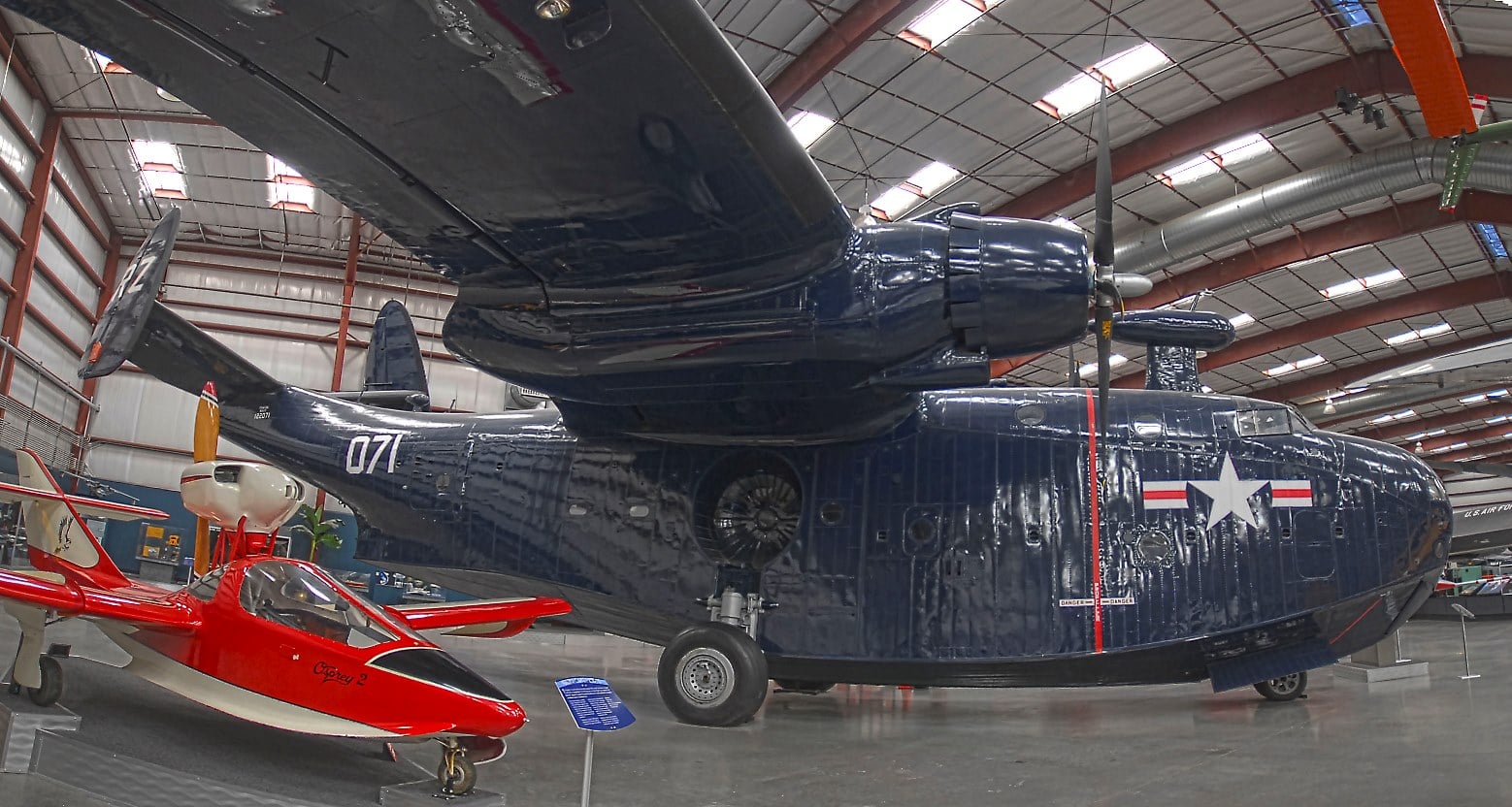This video, transferred from 16 millimeter film, documents VP-731 (later VP-48) operating Martin PBM-5 Mariners from Naval Station Sangley Point in the Philippines. VP-731 was activated in response to the outbreak of war in Korea. Initially deployed to Buckner Bay in Okinawa with the support of seaplane tender USS Suisun (AVP-53), VP-731 also operated from Sangley Point with the support of seaplane tender USS Salisbury Sound (AV-13). VP-731 flew patrol missions over the Formosa Strait and the Chinese coast from both locations. This silent but colorful film was uploaded to YouTube by PeriscopeFilm.
[youtube id=”MAi9q871kBo” width=”800″ height=”454″ position=”left”]
At the end of May 1952 VP-731 went WestPac again, this time operating out of Marine Corps Air Station (MCAS) Iwakuni in Japan and supported by seaplane tenders USS Gardiners Bay (AVP-39) and USS Kenneth Whiting (AV-14). During this deployment the squadron flew missions over both Korean and Formosan waters. VP-731 got right to work, flying missions by June 1st 1952. Two Chinese MiG-15 fighters killed two crewmen aboard a VP-731 Mariner when they attacked the flying boat over the Yellow Sea west of Korea.

First flown on February 18th 1939 and entering service with VP-55 in September of 1940 wearing the familiar yellow wings and silver fuselage color scheme, the Mariner was built in both flying boat and amphibian versions like its contemporary, the Consolidated PBY Catalina. Martin built 1,366 Mariners (all variants). In addition to the United States Navy and Coast Guard, Mariners were operated by Argentina, Australia, the Netherlands, the United Kingdom, and Uruguay. VP-50 retired the last operational US Navy Mariners in 1956. Uruguay’s Mariners served until retired in 1964.

